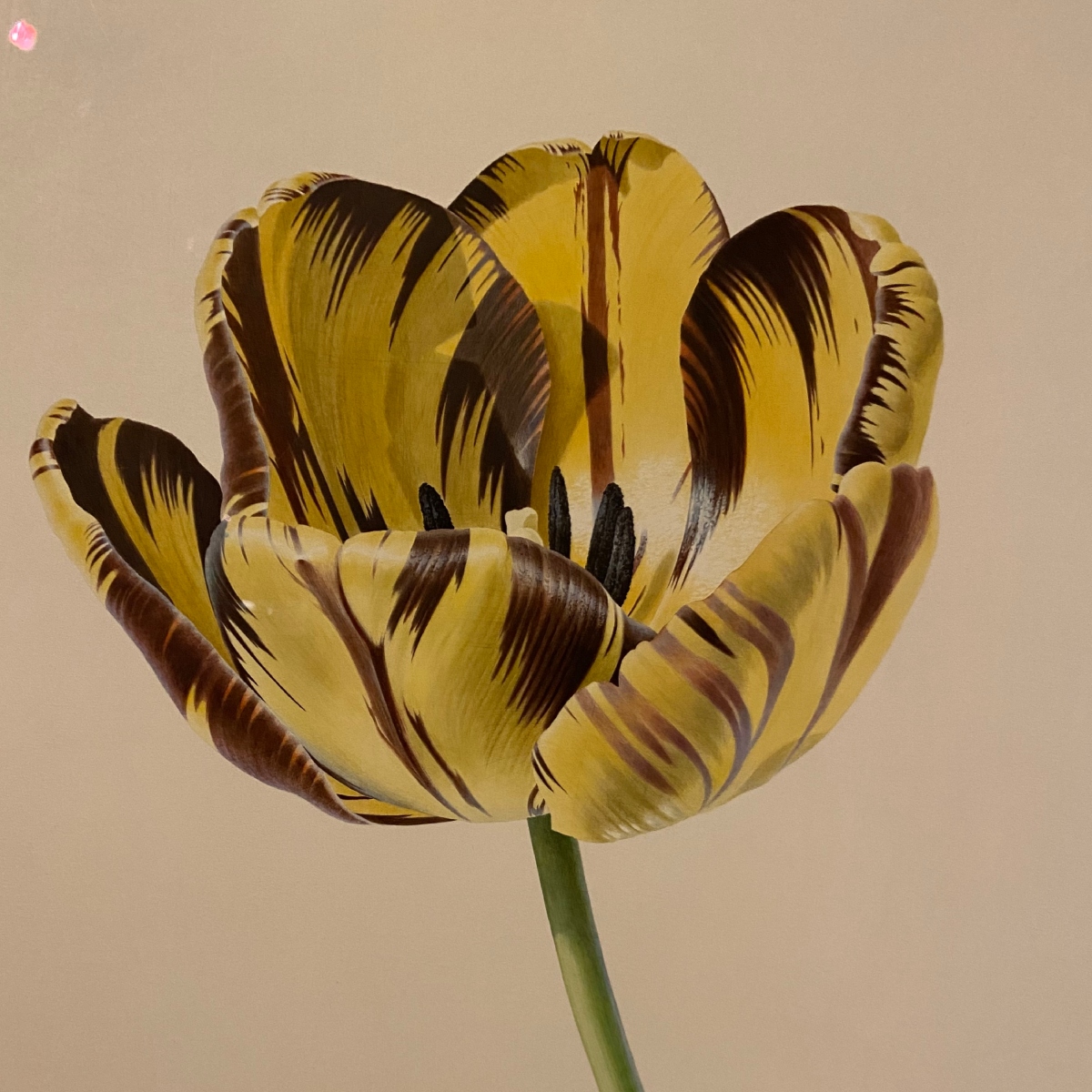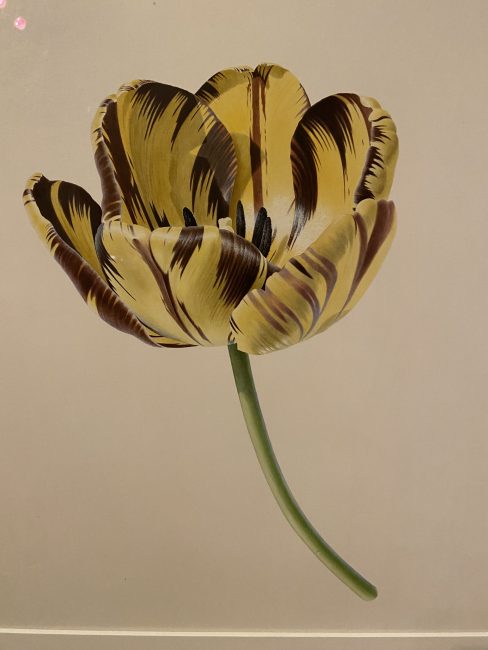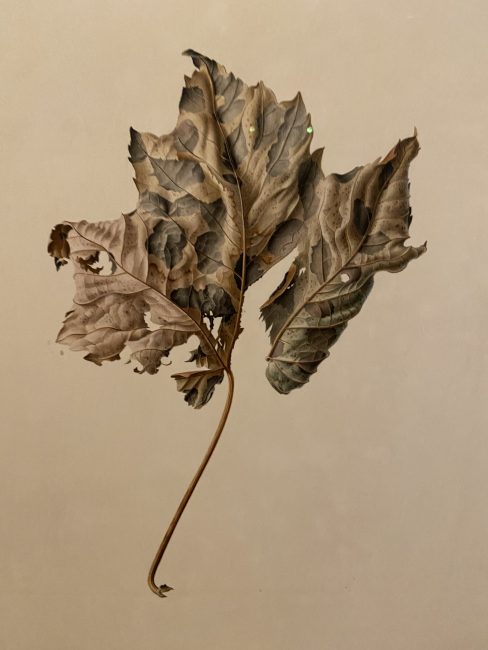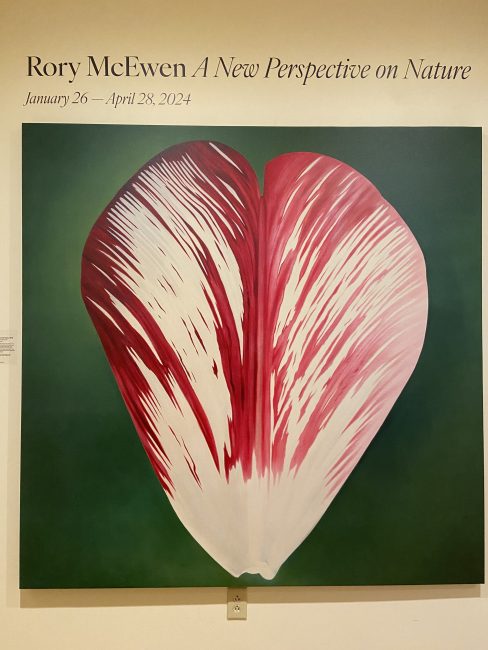I’m committed to good health, so I try to walk for at least 30 minutes every day. My family history of type 1 and type 2 diabetes makes me aware that I am at high risk of developing type 2 diabetes. This information is one of the biggest motivating factors in my life to not take my health for granted.
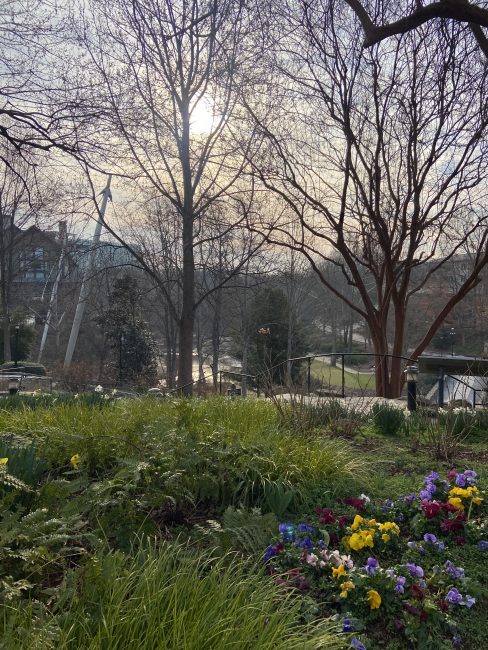
If you’re like me and worried if you may have pre-diabetes or type 2 diabetes, the Centers for Disease Control offers a quick, easy Pre-Diabetes Risk Test.
They also offer a National Diabetes Prevention Program that helps people with prediabetes make lasting lifestyle changes to prevent or delay type 2 diabetes.
Working with a trained coach teaches you to eat healthy, add physical activity, and manage stress. With other participants, you’ll celebrate successes and work to overcome challenges. Find out more on their website.

It’s difficult to maintain good health when I’m out on a music tour. The long hours, lack of sleep, and high-caloric foods hinder my goals. So, my morning walk is one way I maintain a healthy habit until I get home.
Walking is a great place to start if you’re looking for a way to include more physical activity and exercise into your daily routine.
According to Medical News, brisk walking or striding at above 4 miles or 6.4 km per hour was associated with a reduced risk of around 39%, which is equal to 2.24 fewer cases of type 2 diabetes in every 100 people. Every increase of 1 km of speed was associated with a 9% reduction in risk.
On tour with Itzhak Perlman, my morning walk is always different because I travel to new cities every other day. I can never get bored when I’m stepping out on new terrain or city streets. However, I understand how daily walking around the same neighborhood or office park can be boring. If you’re worried about staying motivated, finding a music playlist, radio show, or podcast series to listen to when you’re walking can help to keep you engaged and make the time go faster.
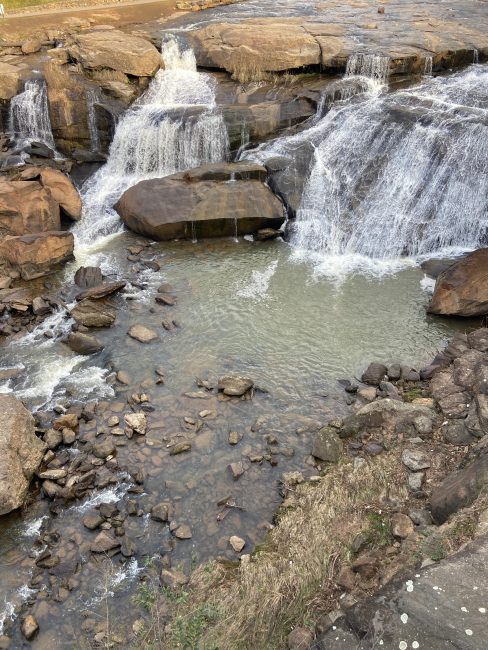
My daily walks are a form of meditation, so I try to avoid the phone. If you’re interested in meditating, check out Divabetic’s annual Guided Meditation podcast with our friend, Yoga Instructor, and Author Rachel Zinman. Her friendly, straightforward approach to mediating has helped me calm my mind during these unprecedented times.
But you may also want to pick up the phone and call friends and family to stop you from feeling your walk is drudgery.
People always ask me what music I’m listening to. Right now, Itzhak Perlman’s Cinema Serenade album is on repeat. We just performed several pieces from the album with the Charleston Symphony. Here’s one of my favorites – enjoy!



